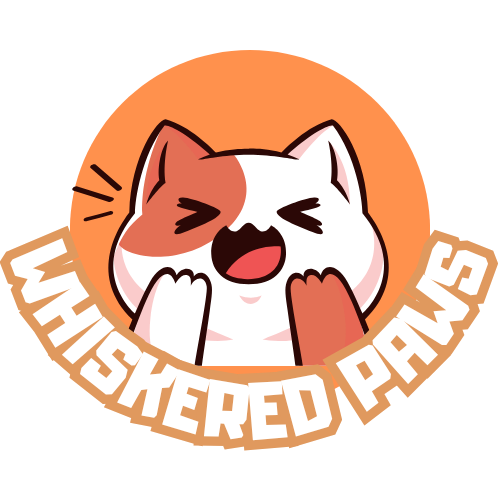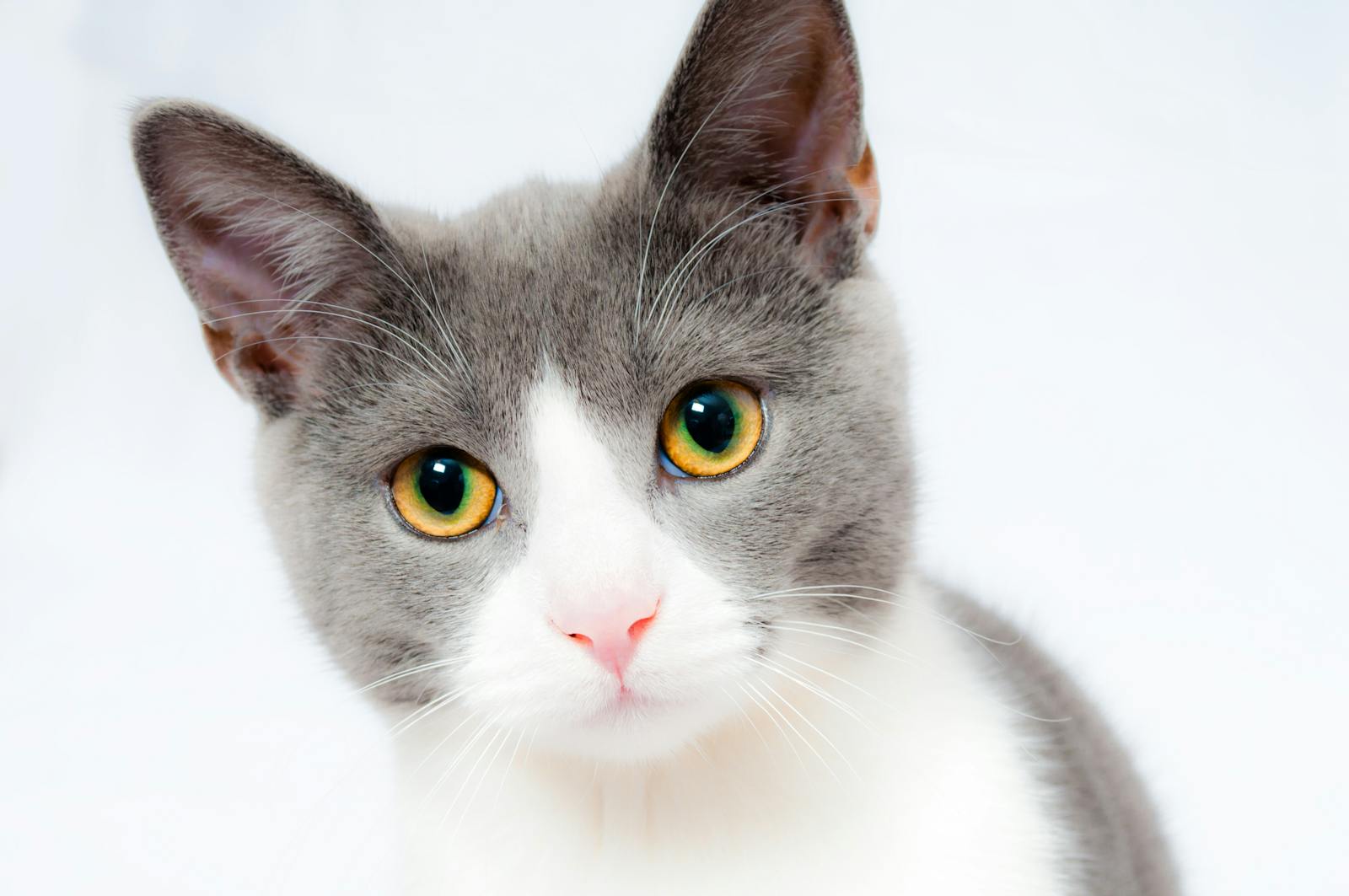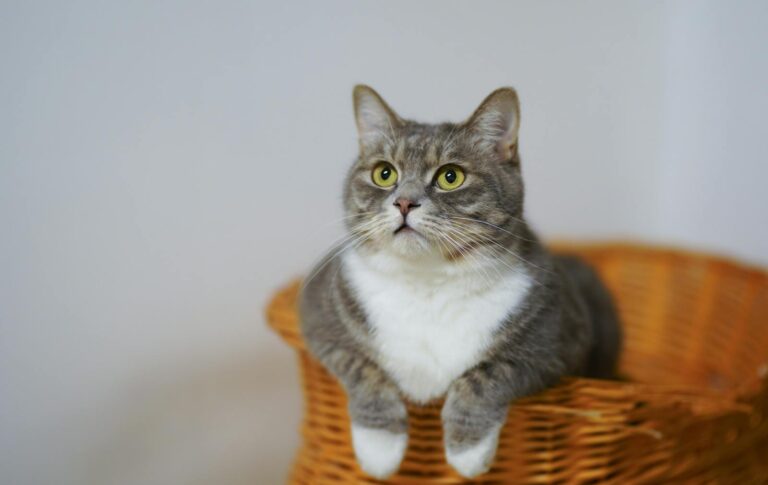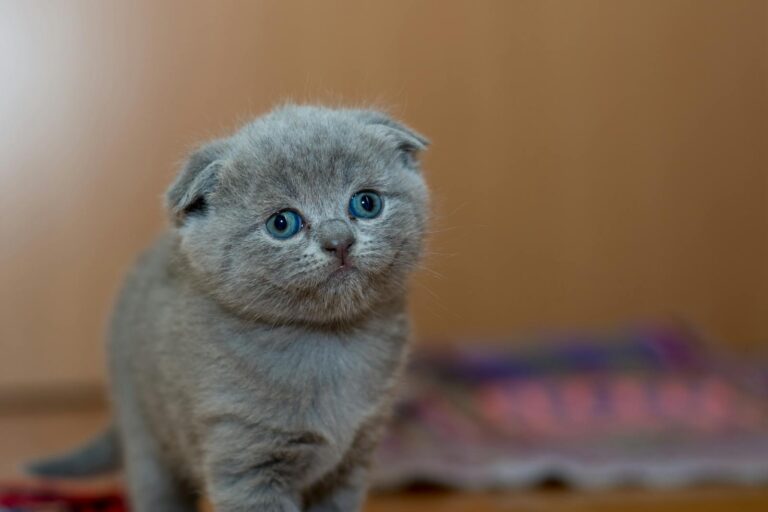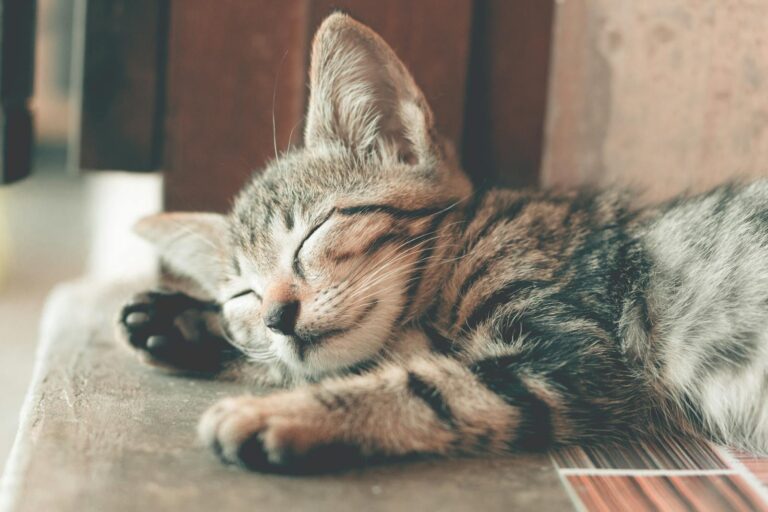How Much Should You Feed Your Cat?
How much should you feed your cat? This question is crucial for every cat owner who wants to ensure their furry friend maintains a healthy weight and receives proper nutrition. Understanding the right portions can prevent obesity and malnutrition, leading to a happier and healthier life for your beloved pet.
Introduction: Understanding Your Cat’s Nutritional Needs
Cats are unique in their dietary requirements compared to other pets. As obligate carnivores, they need a diet rich in protein and specific nutrients that can be found primarily in animal products. Understanding how much to feed your cat is critical not just for maintaining their weight but also for ensuring they receive the necessary vitamins and minerals needed to thrive.
When it comes to feline nutrition, factors such as age, weight, activity level, and overall health play significant roles in determining how much food your cat should consume. Moreover, different cat food brands may have varying calorie content, which further complicates finding the exact amount to feed your cat.
In this guide, we will explore the various aspects of feeding your cat, including all the essential details you need to ensure your feline friend gets the best care possible.
Factors Influencing Optimal Cat Food Portions
Several factors influence how much food your cat needs on a daily basis. Understanding these factors will help you adjust your cat’s diet as necessary throughout their life stages.
Age and Life Stage Considerations
The age of your cat is one of the most significant factors in determining their nutritional needs. Kittens, adult cats, and senior cats all have different requirements.
Kittens, for instance, are growing rapidly and require a higher caloric intake to support their development. They typically eat more often than adult cats, usually around 3-4 meals per day.
As cats transition into adulthood, their caloric needs decrease slightly, and they generally require feeding twice a day. Senior cats may face changes in metabolism or medical conditions that affect their appetite or dietary needs, necessitating adjustments in portion sizes or even types of food.
Weight and Size of Your Cat
The weight and size of your cat also play critical roles in determining their daily food intake. A larger cat will naturally require more food than a smaller cat. However, it’s essential to base portions on your cat’s ideal body weight rather than their current weight—especially if they are overweight or underweight.
To assess whether your cat is at a healthy weight, consider using the body condition score (BCS) method, which involves evaluating your cat’s body shape and fat distribution.
In general, an ideal cat will have a visible waist when viewed from above and feel ribs without excessive fat covering them. If your cat is overweight, reducing food portions gradually is essential instead of making drastic cuts that might affect their health negatively.
Activity Level and Lifestyle Choices
The activity level of your cat can significantly impact their caloric needs. An indoor cat that spends most of its time lounging will require less food than an active outdoor cat that engages in regular exercise.
If your cat enjoys playtime, climbing, or exploring, they are likely burning more calories and therefore may need larger portions. On the other hand, if your cat tends to be more sedentary, adjusting their food intake to reflect their lifestyle is advisable to prevent unnecessary weight gain.
Decoding Cat Food Labels: Calorie Content and Serving Sizes
Understanding cat food labels is crucial in determining how much you should feed your cat. It allows you to make informed decisions regarding the type and quantity of food appropriate for your pet’s unique needs.
Caloric Content of Different Types of Cat Food
Cat food comes in various forms, including dry kibble, canned wet food, and raw diets. The caloric density of these foods varies, which means the serving size will also differ based on your chosen food type.
Generally, dry kibble is more calorie-dense than wet food, meaning you’ll feed your cat a smaller volume of kibble compared to canned food. To give you an idea, here’s a basic comparison:
| Type of Food | Average Calories per Cup/Can |
|---|---|
| Dry Kibble | 300-500 calories |
| Canned Wet Food | 150-250 calories |
| Raw Diet | Varies widely, approx. 200-300 calories |
This table serves as a useful reference point for understanding how much food to offer depending on the type of diet you select for your cat.
Recommended Serving Sizes
Most cat food brands provide a recommended serving size on their packaging based on your cat’s weight and activity level. While these guidelines serve as a good starting point, remember that they are not one-size-fits-all solutions.
For example, if your cat is less active, you may want to reduce the suggested portion size by 10-20%. Conversely, if they are particularly active, you might increase it slightly. Always monitor your cat’s weight and adjust accordingly.
When transitioning between different brands, it is wise to do so gradually over a week or two. This approach ensures your cat adapts well to the new food without digestive issues.
Dry vs. Wet Food: Which is Better?
Both dry and wet food options have their advantages, and choosing one over the other depends on your cat’s specific needs.
Dry food is typically more convenient, has a longer shelf life, and helps with dental health due to its crunchy texture. However, it may lack moisture, which is essential for hydration, particularly in cats that do not drink enough water.
On the other hand, wet food contains more moisture, making it beneficial for hydrating your cat. It is often more palatable and can be easier for older or sick cats to chew and digest.
Ultimately, a mix of both can provide the benefits of hydration and convenience.
Recognizing Signs of Overfeeding and Underfeeding in Cats
Monitoring your cat’s weight and overall health is essential for identifying whether you are overfeeding or underfeeding them. Recognizing the signs early on can prevent long-term health consequences.
Identifying Overfeeding Symptoms
Overfeeding can lead to obesity, creating numerous health problems such as diabetes, joint issues, and heart disease. Some common signs of overfeeding may include:
- Rapid weight gain
- Difficulty in feeling your cat’s ribs
- Lethargy and decreased activity levels
- Vomiting after meals
If you notice any of these symptoms, it’s essential to evaluate your cat’s diet. Consider consulting your veterinarian to develop a tailored meal plan that fosters a healthier lifestyle for your pet.
Signs of Underfeeding
Underfeeding, though less common, can be just as problematic as overfeeding. Symptoms of underfeeding can manifest as:
- Significant weight loss
- Constant begging for food
- Decreased energy levels and lethargy
- Poor coat condition or skin issues
A sudden change in appetite, whether an increase or decrease, may indicate underlying health issues. If you suspect your cat is underfed, it’s crucial to consult your vet to determine a proper course of action.
Maintaining a Balanced Approach to Feeding
Finding the balance in your cat’s diet often requires ongoing adjustments. Regularly monitoring your cat’s weight, eating habits, and overall health will enable you to tweak their feeding regimen appropriately.
Consider keeping a journal to track your cat’s weight changes, food consumption, and any observed behaviors. Over time, this information will provide insight into what works best for your feline companion.
Practical Tips for Accurate Cat Food Measurement
Accurate measurement of your cat’s food portions is vital for maintaining their health. Implementing practical strategies can lead to success in achieving optimal feeding practices.
Using Measuring Tools for Portion Control
Investing in measuring cups or kitchen scales is a straightforward way to ensure you’re offering the correct portion sizes. Many cat food bags provide serving size recommendations, which can be followed closely if you measure accurately.
Using a digital kitchen scale provides precise measurements, especially beneficial if your cat requires a specific calorie count. For example, if your cat is on a weight-loss program, knowing the exact amount of food can help achieve your goals steadily.
Establishing a Feeding Schedule
Consistency is key when it comes to feeding your cat. Establishing a feeding schedule can help regulate their hunger and prevent overeating.
Feeding your cat at the same times each day can create a routine that makes it easier for both you and your feline friend. Divide daily portions into two or three meals a day, depending on what works best for your cat’s needs and lifestyle.
Avoiding Free-Feeding Practices
While some owners opt for free-feeding, allowing cats to graze throughout the day, this practice can lead to overeating and weight gain. Instead, providing set meal times encourages mindfulness in eating and can help you monitor portion sizes more effectively.
If your cat struggles with portion control, consider interactive feeding toys to make mealtime stimulating while regulating food intake. These toys challenge your cat and promote physical activity, encouraging healthier habits.
Consulting Your Veterinarian for Personalized Feeding Recommendations
Your veterinarian is an invaluable resource when it comes to your cat’s diet and overall health. Consulting them can provide you with tailored advice and recommendations.
Importance of Regular Veterinary Check-ups
Regular check-ups not only help detect potential health issues but also allow you to review your cat’s diet and nutritional needs. During these visits, you can discuss your cat’s weight, dietary preferences, and any changes you’ve noticed in their eating habits.
Vets can provide personalized feeding plans that take into account your cat’s age, breed, and health status. Additionally, if your cat has special dietary needs, your veterinarian can suggest appropriate food options.
Addressing Health Concerns Through Diet
Certain health conditions can impact your cat’s dietary requirements. For example, cats with kidney disease may require low-protein diets, while those with diabetes might need a high-fiber, low-carbohydrate menu.
Your vet can guide you through these dietary adjustments, helping you choose suitable commercial diets or prescribing specialized formulas.
Building a Collaborative Relationship with Your Vet
Establishing open communication with your veterinarian allows for consistent feedback regarding your cat’s diet. This partnership can lead to valuable insights on portion management and overall nutrition.
Don’t hesitate to ask questions when discussing diet with your veterinarian. Engaging in this collaborative effort will empower you to make informed choices about your cat’s feeding routine.
Conclusion
Determining how much to feed your cat is a multifaceted process influenced by age, weight, activity level, and individual health needs. By decoding cat food labels, recognizing signs of overfeeding or underfeeding, and utilizing accurate measurement techniques, you can ensure your cat receives the right amount of nutrition. Consulting your veterinarian will provide additional guidance that tailors your approach to fit your specific situation. By prioritizing your cat’s nutritional needs, you pave the way for a long, healthy, and happy life for your feline friend.
